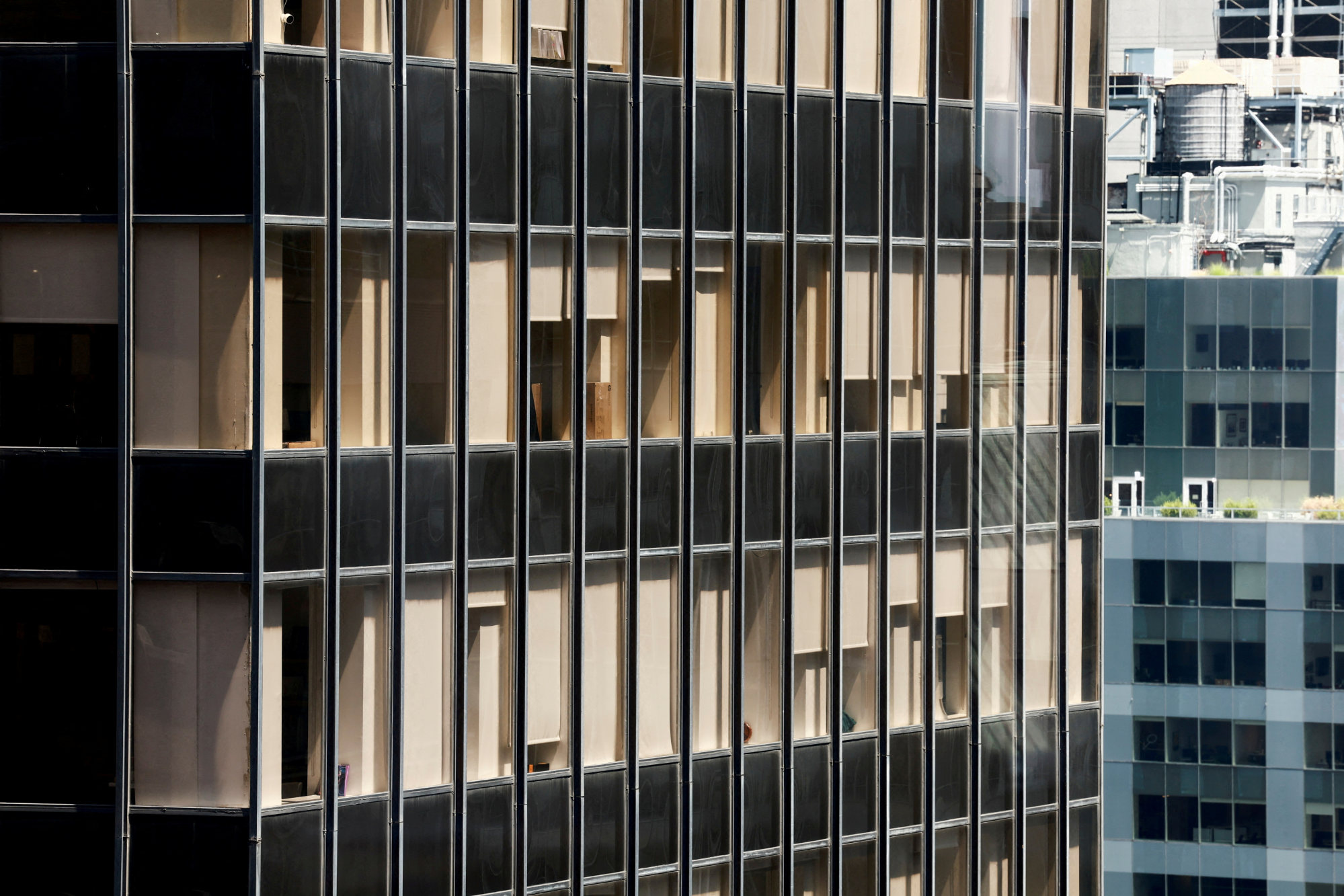
Japan office market shines as beacon of hope despite BOJ policy scare
- Japanese monetary policy, once reassuringly predictable, is now a source of uncertainty for global investors, yet Tokyo is a bastion of stability compared to many of the world’s leading office markets
In sovereign debt markets, Japan is the wild card. On July 28, the Bank of Japan (BOJ) spooked investors by unexpectedly loosening its grip on the country’s tightly controlled government bond market.
A hard-hitting report published by McKinsey on July 13 captures the scale of the problem. It predicts that demand for office space in nine “superstar” cities – which include New York, San Francisco, London, Paris and Tokyo – will be as much as 20 per cent lower in 2030 compared with 2019, and by as much as 38 per cent lower in a worst-case scenario. Depending on the severity of the downturn, the value of office properties in the cities surveyed will drop by 26 to 42 per cent by 2030.
McKinsey also draws attention to what is seen as the biggest source of vulnerability in the office sector: older, unrenovated buildings often in peripheral locations. In New York, the value of grade A buildings – newer, high-quality, sustainable properties suited to hybrid work – rose 3 per cent between 2020 and 2022 compared with an 8 per cent decline for grade B offices.

Tokyo, on the other hand, fares relatively well in the study. Not only is it one of the least-affected cities in terms of the change in office demand by 2030, it also has among the lowest projected vacancy rate among the cities surveyed in part because of its “general resiliency against the pandemic’s effects”.
In Japan, idiosyncratic factors are at work. According to data from CBRE, the average vacancy rate for grade A offices in Tokyo in the second quarter of this year stood at 5.7 per cent, the second-lowest in the Asia-Pacific region. Last year, vacancy rates in all other leading Asia-Pacific markets were above 10 per cent.
Yet, the most important idiosyncrasy of Japan’s office market is the strong performance of grade B offices. In stark contrast to other leading office markets – particularly in the US and Britain, where a bifurcation of the sector is causing leasing and investment activity to be concentrated in the high-quality segment of the market – older and smaller buildings in peripheral locations are enjoying robust demand.
This is because their tenants are small and medium-sized enterprises. In Japan, these firms account for 99 per cent of all companies and employ almost 70 per cent of the workforce. Not only are their levels of hybrid working low, their real estate requirements are modest, resulting in a strong and durable source of demand for grade B offices.

Moreover, premium grade A buildings in Tokyo rarely come to market. High land prices and owners’ strong holding power make vendors reluctant to sell. Koji Naito, head of research, capital markets, at JLL in Tokyo, said “90 per cent of Japan’s office investment market involves grade B properties”. Tellingly, the vacancy rate for grade B offices in Tokyo is slightly lower than it is for grade A buildings.
Furthermore, Japanese monetary policy, once reassuringly predictable, is now a huge source of uncertainty for global investors. Yet, compared to many of the world’s leading office markets, particularly in the US, Tokyo is a bastion of stability. Given how bleak sentiment towards offices is these days, that is no mean feat.
Nicholas Spiro is a partner at Lauressa Advisory

